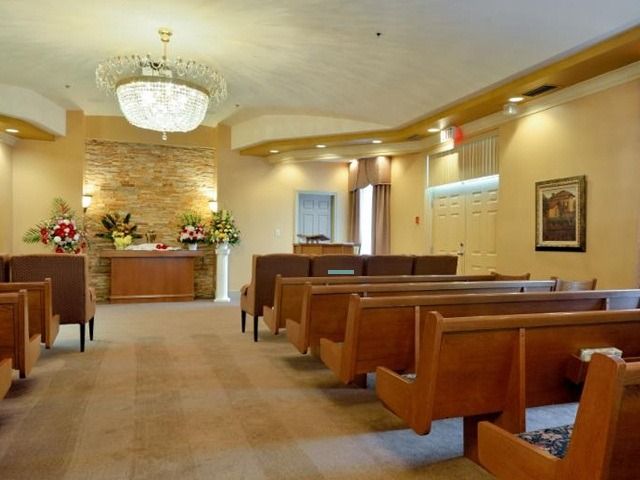I feel like maybe I have backed myself into a corner.
Price-Led-Costing
A simple concept; but for an industry steeped in generations of pricing from exactly the opposite perspective and whose most respected financial advisors continue to advocate cost-led-pricing this is bound to be a real challenge. To enable you, dear reader, to flip the switch in a brief blog may be impossible but at least I can get you thinking. After all that’s what I want you to do: Think
Peter Drucker believed, and so do I, that every three years every activity, every product, every service, every policy, every vendor, every strategy of your business should be screened against a simple question:
If we weren’t already doing this would we be going into it now?
He believed that without systematic and purposeful abandonment, an organization will be overtaken by events. AND THAT IS EXACTLY WHAT IS HAPPENING TO DEATHCARE!
Price-Led-Costing is actually about more than pricing. It is truly a strategy, combining pricing and marketing with what has become known as “Blue Ocean” Strategy. In other words:
Focus Only On Those Things Customers Value Most and Set a Fair Price For It.
 This week’s Creedy Roundup Features a great video entitled “When To Disappoint Your Customers” that speaks to this point. So go there by clicking the icon at the left and come right back.
This week’s Creedy Roundup Features a great video entitled “When To Disappoint Your Customers” that speaks to this point. So go there by clicking the icon at the left and come right back.
Last week I used NewComer Funeral Homes as an illustration which confused several readers. Yes, they look like a discounter and they use price advertising to get the public’s attention but study their price list and it’s a different story. Now think SouthWest Airlines another great Price-Led-Costing example. Set a fair price and control your margins to drive a profit. There are, in fact, a few lone wolves in funeral service who do that. I used one example last week. I bet you know of a few more. The fancy dancy high price firms look down on them but I bet if you looked at their financials you wouldn’t be so quick to judge.
My challenge right now is to convey this to you in a one-way written format when it is only effectively communicated in a dialogue because, for you to successfully make this transition will require you to let go of some deeply entrenched paradigms that many of you have never even thought about. SO LET’S TRY THIS:
I will tip some of your sacred cows if you will take the time in the comments section to engage in a dialogue with me. There are a whole lot more sacred cows than this. Many are situational relating only to a specific firm. This is just a sampling to give you an uneasy feeling of the challenge facing us. Challenge me and I will challenge you back. Everyone will benefit, including me.

Sacred Cows and other Barriers to Success
What is your ratio of licensees to calls? Last I looked the industry standard was well below 100. Why? I know your answers because you have told me. I am not satisfied. You tell me it’s what families want. What I hear is that you confuse a license with competence. And / or you have licensees doing non-licensee work. Progressive hospitals have solved the nursing shortage by assigning non-nurse work to well trained non-nurses. The result: fewer nurses who are paid more but lower overall payroll, happier nurses and happier patients. Funeral homes would find the same.
Why do you need a license to make funeral arrangements? There is no consistent formal training for it anywhere? Despite their protestations to the contrary, most licensees aren’t that good at it. More than a few respected funeral homes have acknowledged that their preneed staff does a better job. Besides smaller funeral homes are often forced to break the law when they get busy by having mom (who doesn’t have a license and who is better at it anyway) make arrangements.
Why do you need to send 3 licensees to the cemetery?
My state requires that each licensed establishment have a prep room even if you centralize the service and never use it. Why does a branch facility have to be a licensed establishment?
Why do you need a fixed pew chapel? Why do you need a selection room? Why do you need to trade cars every 3 years?
Are you overserving your customers? Are all those extras you are cramming into every service paying off with increased volume or are you working harder for the same profit? As our profession goes through this transformative stage in its history we are doing what Drucker refers to as “patching”. We are trying to dress up what we are used to selling hoping people will see value. This leaves us vulnerable to the SouthWest Airline strategy that focuses on what people value ignores the frills and prices accordingly. See video by Steve McKee on Narrowing Your Focus.
If a Price-Led-Cost player like NewComer entered your market would you be vulnerable? If your answer is yes to this question and you were strongly convicted that the earlier sacred cows were important to your success then you are not as convicted as you think you are.
Why are you spending so much time and money on your selection room and none on staff training?
Why do we have to pay cousin Chris the same wage we pay the company President when she doesn’t even come to work?
As I said these are just a few of the questions that need to be asked. There are more. In the process I have probably made a few of you a little frustrated with me. That’s how it works. If you aren’t willing to experience a little frustration…if you just hope by dressing up what you already have you can survive…then I can’t help you. I am not pointing fingers or judging. I am only asking questions that need asking.
Disclaimer
I have learned I am easily misunderstood so in an effort to be as clear as possible I am including the following chart.

P.S. I deliberately made that last point. It’s actually in this article but it’s deeply buried. This is a topic tied directly to the issue of our addiction to cost-led-pricing. Current trends in management practices place greater emphasis on supervision than leadership. The void of leadership skill in this profession is a critical factor. So, I will leave it to later.
Now, it’s your turn. Challenge me! Double-dog dare-ya. The future winners in funeral service will be price-led-costers. So, let’s start talking about it now.
P.P.S. Those of you who think you can protect yourself in the legislature, be careful. For instance, Why does a branch have to be a licensed establishment? It doesn’t. Some practitioners reading this will want to try and require funeral homes to always have their facilities licensed. I can already think of organizations who have their sites on us that have the facilities, are already performing services, are not licensed and that you cannot legislate out of the business. That game has never saved you in the past it won’t save you now.











